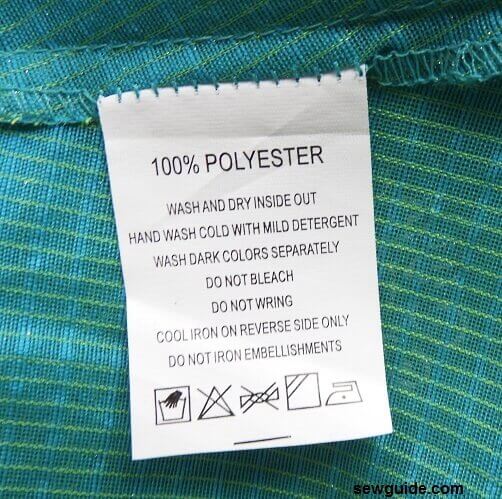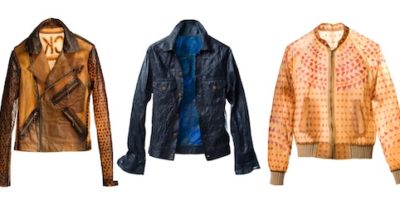Now more than ever, consumers are demanding companies to keep the planet safe and decrease their footprint on the environment. As confirmed in Pascued’s Green Biz article, consumers are voting for change with their dollars by buying from companies that make sustainable business practices a part of their brand identity. Companies have turned this demand into a profitable advantage by marketing their companies as ethical and environmentally friendly. Unfortunately, many businesses are just posing as sustainable companies without sincere efforts to just gain profit off of sustainable conscious consumers. This marketing tactic, greenwashing, has been a scheme widely utilized in the fashion industry given that it’s the second largest contributor to pollution in the world. Greenwashing can make it hard to decipher whether a brand is genuine in their eco-friendly and social standards. It can take some very complex research and tracking to distinguish if a company is authentic or not. Don’t worry; we’ve made a short list of a few simple things to lookout for when shopping for the closet’s next addition.
Small tips that validate a brand’s sustainability:
1. Check the fabric content
It is a legal requirement that every piece of clothing in the United States must list what each garment is made of. Common synthetic fibers include nylon, acrylic, polyester, and rayon. Some natural fibers are cotton, wool, silk, hemp, and flax or linen. However, there are still some precautions to look out for when purchasing natural fibers. It is best to stick to organic and vegan products which exclude wool, silk, leather, fur, etc. If a brand only uses ecological natural materials to make all of their products, this is one validation of a real sustainable effort.
2. Packaging
Most of us have experienced receiving an oversized package for a very small object with plastic, paper, or foam filling the unnecessary extra space. This is a common way many companies contribute to waste, especially with the escalation of e-commerce shopping. It is also crucial to pay attention to how a purchase is packaged in-store. Using paper shopping bags is more ecofriendly than plastic. However, that doesn’t mean stuffing the bag with tissue paper after to make it look pretty is ok. Some companies even go as far as encouraging shoppers to purchase a reusable bag to utilize during each visit. When shopping, try to think ahead and bring a tote for any purchases to reduce waste.
3. Certifications
There seems to be a growing number of certifications that have been developed to detect sustainable fashion. All of the diverse certifications have made identifying sustainable businesses a bit confusing and overwhelming. To stick to the basics and keep things simple, we’ve researched the top, most popular ones to lookout for in the U.S.
Ethical: PETA Approved vegan, Fair Trade, Fairwear
Environmental: Bluesign, Ecocert, Oeko-tex
Both: Certified B Corporation, Cradle to Cradle
4. Quality fast fashion brands make low quality cloths that are built to last only a few wears. Brands involved in the fast fashion industry are the main contributors to waste due to the high frequency of disposal. When buying attire of quality, it is an investment for long term use that will ensure better value and serve a higher purpose. With that said, clothes of good quality are thrown away at a much lower rate and are more likely to still be in great condition for resale or donation after its initial use. This creates a circular life cycle of garments, ultimately leaving less waste.
Greenwashing relates to Savitz methods of moving a company from superficial to systematic change. In his book, The Triple Bottom Line, he explains that many companies don’t want to leave their comfort zone. Therefore, they may just participate in “volunteering, philanthropy, or Earth Day events. These activities are worthwhile, but are often emphasized to the exclusion of other aspects of sustainability that are more fundamental to the business or have more material impacts on their stakeholders” (Savits, 2014, p.g. 84-85). In other words, a company will not get as much value in the long run if they aren’t truly making sustainability a part of one of their core business practices by incorporating it into their DNA and operations.
Reference
Pascued, Leslie. “What Corporate Sustainability Looks Like in Western Europe” GreenBiz. 5 May
2011. https://www.greenbiz.com/blog/2011/05/05/what-corporate-sustainability-looks-like-western-europe
Savitz, Andrew W. The Triple Bottom Line. San Francisco, Jossey-Bass, 2014







Leave a Reply